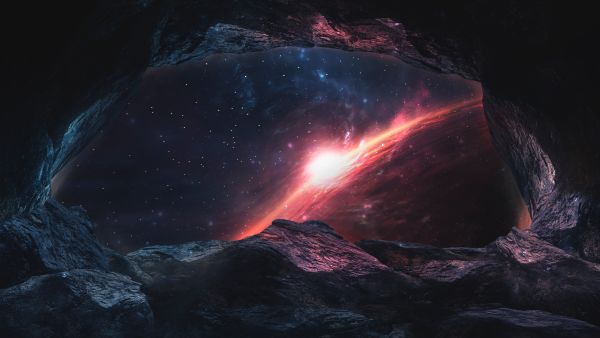ALBAWABA - In a significant discovery, scientists have identified a 100m deep lunar cave for the first time, marking it as a promising site for a permanent human base due to its potential to provide shelter from the Moon’s harsh surface environment and support long-term lunar exploration.
In a study published on Nature, scientists used radar information from Nasa’s Lunar Reconnaissance Orbiter to uncover a single cave on the Moon among hundreds that are presumably concealed in a "underground, undiscovered world," as researchers describe it.
Evidence of a large cave reachable from the deepest observed opening on the Moon's surface was revealed by the Italian-led team on Monday. Only 250 miles (400 kilometers) separate it from the Apollo 11 landing location in the 'Sea of Tranquility' area.
“These structures had been hypothesized for over 50 years, but this is the first time ever that we have demonstrated their existence,” Lorenzo Bruzzone from the University of Trento and coordinator of the research said in a statement, highlighting the importance of the discovery.
According to the experts, the majority of the pits seem to be situated on the old lava plains on the moon and at the south pole of the moon, where NASA intends to land astronauts later this decade. There are also thought to be frozen water deposits in permanently shaded craters that might provide both rocket fuel and drinking water, according to AP.
Lunar cave networks "have been proposed as great places to site future crewed bases," according to Katherine Joy, an Earth sciences professor at the University of Manchester in the UK, as reported by The Guardian. Joy notes that “the thick cave ceiling of rock is ideal to protect people and infrastructure from the wildly varying day-night lunar surface temperature variations and to block high energy radiation which bathes the lunar surface.”








